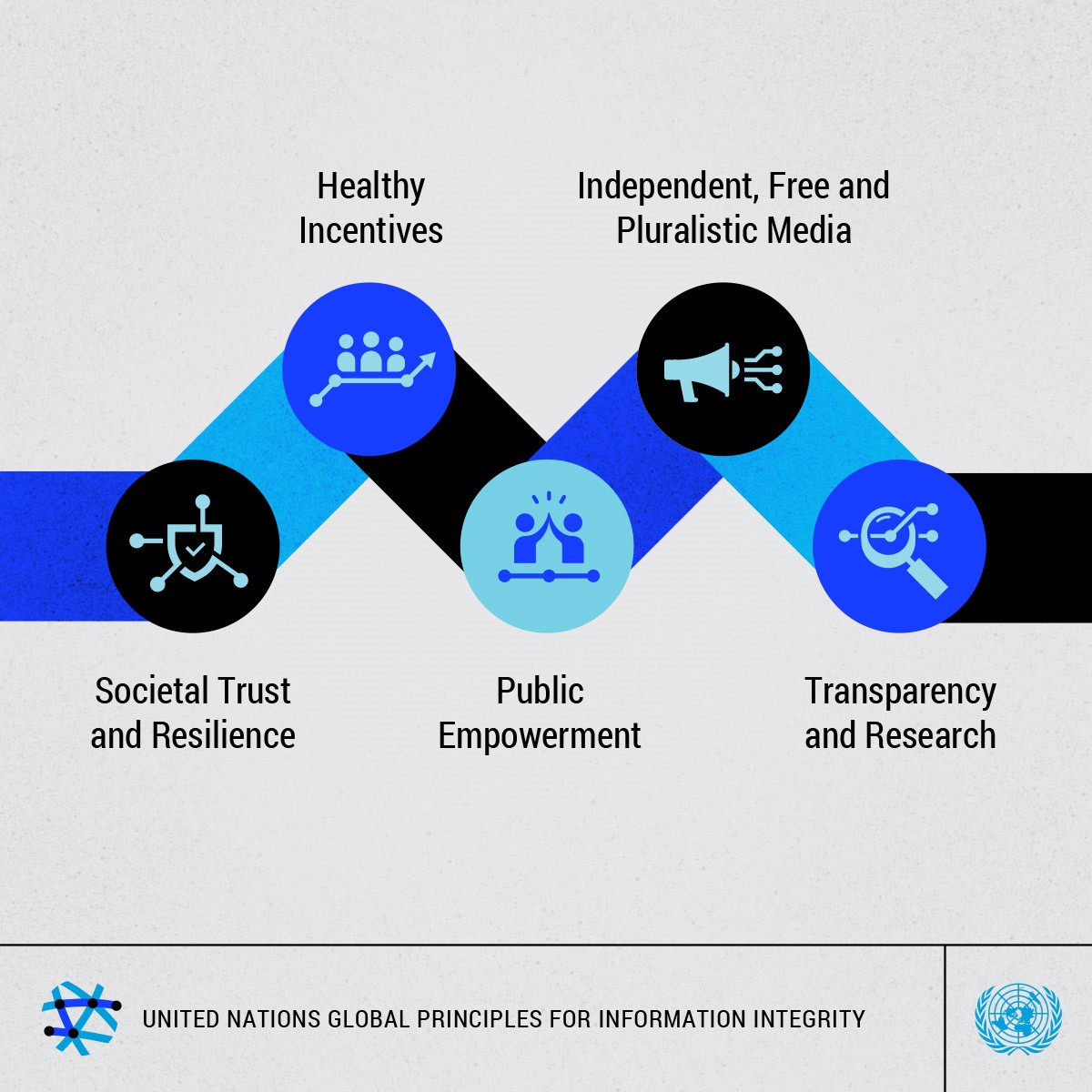DRDO has successfully completed developmental trials of High Speed Expendable Aerial Target (HEAT) ‘ABHYAS’.
Defence Research and Development Organisation (DRDO)
References
Director General of RPF launches Sangyaan App recently.
References
Mountain-sized asteroid, 2011 UL21 made a close approach to Earth recently.
Near Earth Objects (NEO)
NASA's Near-Earth Object Program coordinates efforts to detect, track, and characterize these potentially hazardous objects (PHOs).
References
The Lieutenant Governor of Ladakh recently declared that Ladakh has achieved Full Functional Literacy under the ULLAS—Nav Bharat Saaksharta Karyakram.
References
The United Nations Secretary-General Antonio Guterres recently unveiled the Global Principles for Information Integrity.

Reference
Down to Earth | Global framework to fight online misinformation